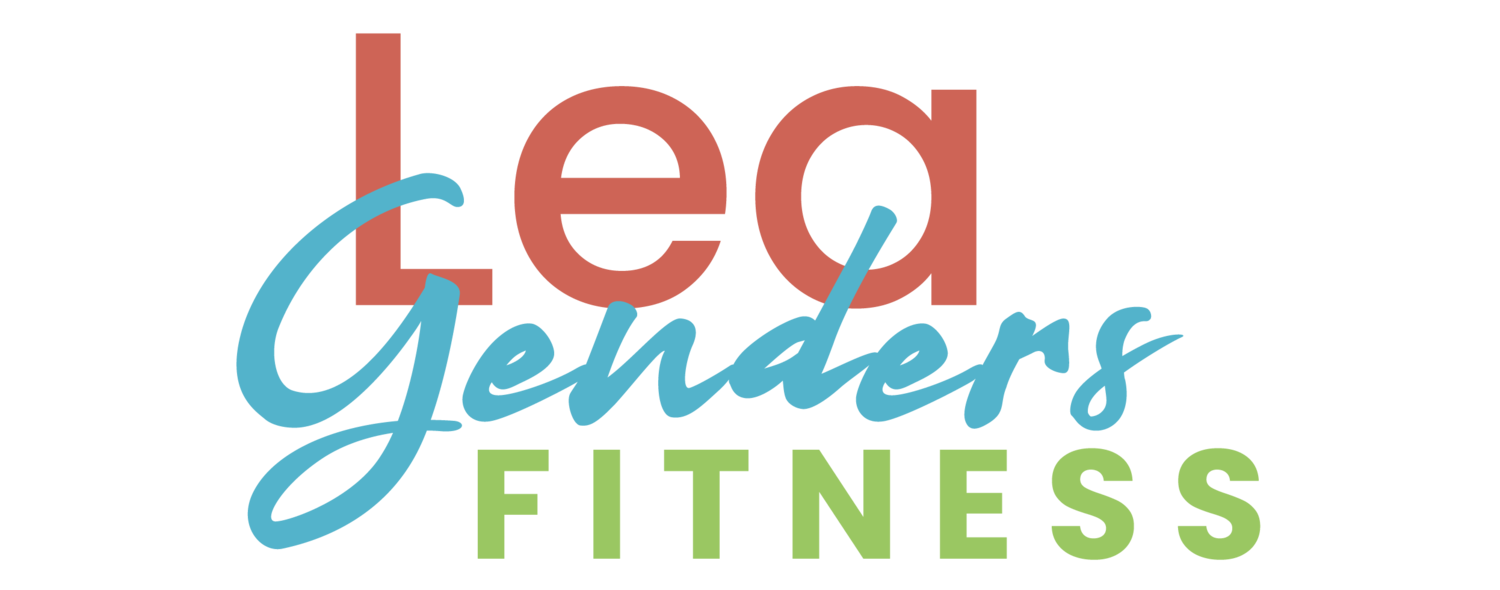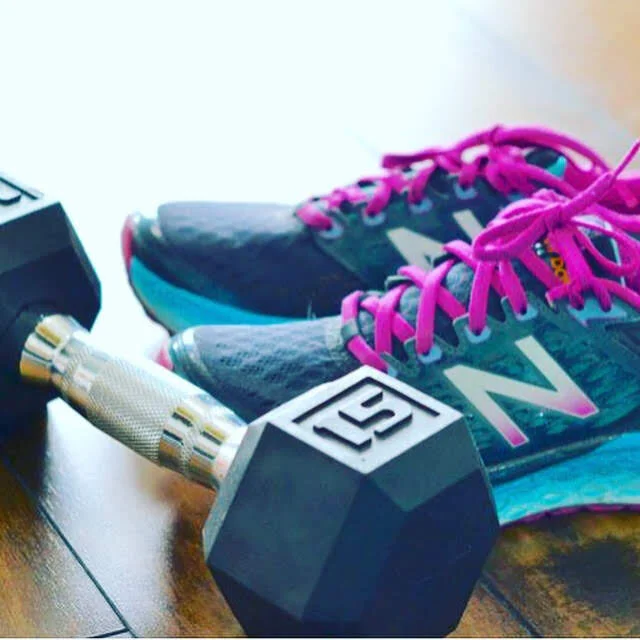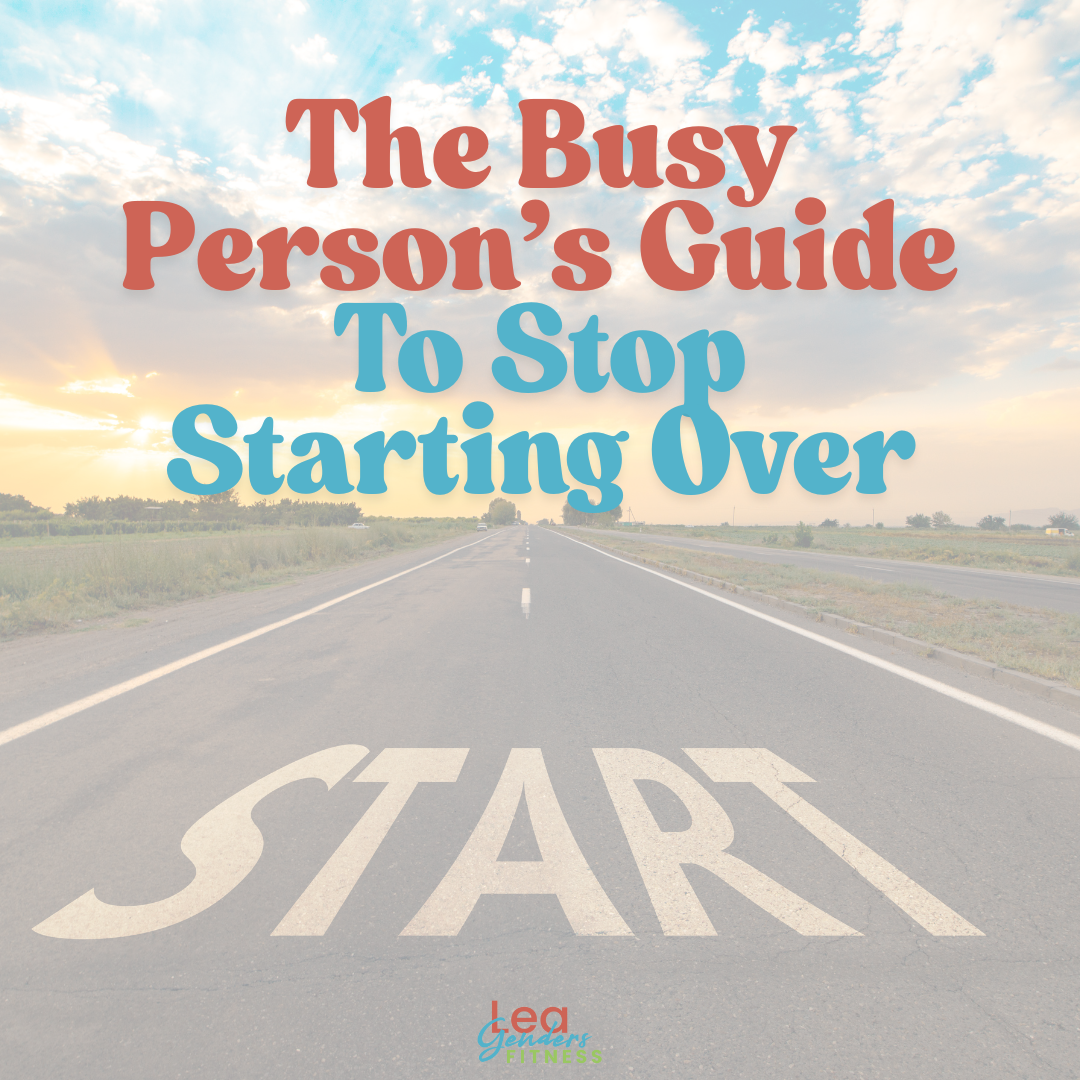Behavior Change for Humans
I was going to title this blog post 'Behavior Change for Dummies,' but I didn't want to get sued by the 'for Dummies' book people. Hah. Some of you may remember that my first fitness-focused blog, many moons ago before I was a coach, was called 'Running for Dummies.' (Anyone?) I have a soft spot for that blog and all that stemmed from it. But, 'for humans' makes more sense. Behavior change is hard, and we are not dummies because something takes work.
The Challenge of Behavior Change
Over the years, I have coached many intelligent and successful people who felt stuck regarding the behavior changes needed to reach their goals. People generally know what to do, especially those engrossed in health and fitness, but sometimes struggle with execution. The reality is that there is a difference between knowing and doing.
Sometimes, the obstacles seemed stacked against them, and I can't tell you how many times I've heard smart and hard-working women I coach exclaim, "I've tried everything, and nothing works!"
Have you addressed your stress?
Managing Stress as a Starting Point
Whatever goal or behavior change you want to accomplish, managing your stress is an excellent starting point. High stress can lead to other undesirable habits, like overeating, under-exercising, or using alcohol or substances to cope. If you tackle stress as the first behavior change, the others you desire will more easily follow. The paradox is that while we may want to behave in a way that reduces stress, the change process can be a source of stress in itself.
There are many sources of stress, some productive, some wholly unproductive, some under our control to manage, and many out of our immediate control.
Relax and Release
"If there is no solution, there is no problem."
One of the biggest challenges in managing stress is acknowledging that some are out of our control. You can't change the past, you don't have control over how other people behave (although you can set boundaries on how you will react to those behaviors), and you can't predict or guarantee future events.
One mindset shift for managing stress is letting go of what can't be changed. Is your boss a jerk? You can quit your job, but that can be challenging. So, a mindset shift of accepting that it is their personality and not a reflection on you can be liberating. You can look for a new job, but in the meantime, accept that this is your current reality, and you won't let someone else's poor behavior disrupt your peace.
You are in control of how you feel and react.
Overcoming Setbacks in Training
Sometimes, we face injuries and setbacks in the gym or our running training. Does it help us to fret, worry, and complain while we heal? Or would it be more productive to accept our current reality and shift our focus from what we can't do to what we can do? How can we move forward? Being frustrated and upset doesn't help the situation; it only demoralizes us. So, feel that frustration, process it, but don't live there. Learn to move on from it and move forward.
I call this perceived stress. How we perceive, process, and react to daily stressors is within our control. The gossip at work, the line-cutter in traffic, the uncooperative electronics, the jerk on social media. Yes, even that nagging injury. Annoying? Yes. But these types of people and events can zap our energy and stress our nervous system if we let them. What can we let go? Can we take a deep breath, laugh, and realize in the big scheme of life, these things don't matter? If I can't do anything about it, then 'Relax and Release' is my mantra in response to those inconvenient and annoying stressors. I'm not perfect, of course, but I try to stay mindful and not let the unimportant steal my joy and energy for things that matter.
Healthy Stress Management Practices
Healthy stress management can include spending at least twenty minutes daily relaxing, walking (or another light, low-intensity movement such as restorative Yoga), or seeking positive support to relieve your body and mind from stress.
If twenty minutes seems too long, start with five and build to twenty over time. It's not an all-or-nothing choice. What you can do today is enough to start. I wrote more about stress last month if you are looking for more concrete actions to take.
Assessing Your Stage of Change
It's helpful to assess where you are in the change process. The five stages of change can be valuable for thinking through and getting an honest assessment of where you are with the change you wish to make. I am using stress management as a starting point, but this applies to any behavior change you want.
Precontemplation: Not ready; not intending to take action, not feeling like you need to take action.
Contemplation: Considering change; intending to take action in the next six months.
Preparation: Ready; prepared to take action in the next thirty days.
Action: Made the behavior change, but for less than six months.
Maintenance: Doing the new healthy behavior for more than six months.
To assess what stage of change you are in, check the statement that best reflects where you are in the process of healthy stress management:
I don't intend to spend at least 20 minutes a day on healthy stress management.
I am considering adopting healthy stress management in the next six months.
I intend to adopt healthy stress management in the next month.
I have been practicing healthy stress management for less than six months.
I have been practicing healthy stress management for more than six months.
I don't experience stress in my life.
The Pain of Staying the Same vs. Changing
Often, we don’t change until the pain of staying the same becomes more than the pain of changing. We remain the same because it's comfortable, even sometimes if 'comfortable' is to our detriment. Sometimes, this source of pain comes with a medical diagnosis, a health scare, or the reality of the challenges of everyday living in our current state.
One way to help us move into the action phase is to consider the pros and cons of changing vs. not changing. The truth is that even when we act in ways that seem to be against our best intentions, there is something we are getting out of it.
What is good about staying the same? What is bad about staying the same?
What is good about changing? What is bad about changing?
Once you have your lists, you may realize the positive results of changing outweigh the negatives of not changing, and we can begin to move forward.
Here are some ideas for the benefits of healthy stress management that are in no way an exhaustive list. What can you add? What would lowering your stress mean to you? Why is it important to you?
Benefits of Healthy Stress Management
Reduce cravings, emotional eating, and risky behaviors to manage stress
Reduce the risk of high blood pressure, heart disease, digestive problems, chronic fatigue, and other health issues
Increase immune system
Less muscle tension potentially reduces pain
Reduce injury risk
Have more mental resources to pursue your passions and goals
Reduce anxiety and depression
Feel more relaxed
Sleep better
Feel more centered and present
Have more energy
Increase motivation
Improve interpersonal relationships
What else will lowering your stress levels accomplish? Make a list of your own. If the behavior you want to change is something other than improving stress management practices, make a list of the benefits of your new habit. Spend some time thinking about why it is important to you.
Planning for Change
Once you determine that the benefits of change outweigh the benefits of staying the same, it's time to plan your actions to move toward your goal.
What are you willing to change to meet your goal of better stress management? What do you need to do differently or a little bit better? It's important to remember that it shouldn't be an all-or-nothing choice. You don't have to be perfect; you just have to be a little bit better than today.
Setting boundaries?
Asking for help?
Making time to relax and unwind?
Reaching out for support?
Getting enough sleep?
What else can you do to manage your stress? You know yourself better than anyone else. What works for you?
Then acknowledge, what are you not willing to change? You don't have to be perfect to see results. Be honest with yourself so you don't set unrealistic expectations. Start with what you are ready and willing to change.
Overcoming Obstacles to Behavior Change
Anticipating and planning for obstacles is necessary for successful behavior change. Consider potential challenges, such as time constraints, lack of motivation, or external stressors. Create a plan to address each obstacle. For instance, if time is an issue, schedule shorter, more frequent activity sessions or integrate healthy habits into your daily routine. If motivation wanes, seek support from friends, family, or a coach, and set small, achievable goals to maintain momentum. By proactively identifying potential hurdles and thinking ahead of practical solutions, you can overcome obstacles more effectively and stay on track toward your goals. Honestly, when was the last time you attempted anything, and everything went perfectly according to the plan the entire time? That’s not have life works. Obstacles are a normal part of the behavior change process, so expect and plan for them so you can keep moving forward toward your goals.
Replacement Behaviors
As you work towards your goal, consider replacing old habits with new, healthier behaviors. Replacement behaviors are helpful because they help fill the void left by the old habits and make the transition smoother. For instance, if you used to cope with stress by overeating, find an alternative, such as taking a walk, practicing mindfulness, or engaging in a hobby you enjoy. These replacement behaviors distract you from old habits and contribute positively to your overall well-being. By consciously choosing healthier alternatives, you can reinforce your commitment to change and make your new habits stick.
Creating Space Between Thought and Action
Mindfulness is a powerful tool in managing stress and fostering behavior change. It involves paying non-judgemental, deliberate attention to your thoughts, feelings, and surroundings. Practicing mindfulness creates a mental space between a triggering thought or emotion and your response to it. This space allows you to pause, reflect, and choose a more considered, healthier action instead of reacting impulsively. For example, instead of immediately reaching for a snack when feeling stressed, you can take a moment to acknowledge your feelings, breathe deeply, and decide on a more constructive way to address your stress, such as walking or practicing meditation. This intentional pause helps break the cycle of automatic behaviors and promotes lasting, positive changes.
Taking Immediate Action: Your Steps to Change
Manage Your Stress: Begin with healthy practices like daily relaxation, light exercise, or seeking positive support.
Assess Your Stage of Change: Determine where you are in the stages of change—precontemplation, contemplation, preparation, action, or maintenance.
Evaluate Readiness: Evaluate your readiness to adopt new habits and identify the stage that best reflects your current state.
Consider Pros and Cons: Reflect on the benefits and drawbacks of staying the same versus making changes. Recognize the benefits of reducing stress, such as improved health, increased energy, and better sleep.
Develop a Plan: Create a plan that includes small, manageable changes you are willing to make. Start with what you are ready and willing to change.
Planning for Obstacles: Accept that obstacles are part of the behavior change process and prepare and expect them so they don't derail your progress.
Identify Replacement Behaviors: Find healthier alternatives to fill the void left by old habits. For example, replace stress-eating with activities like walking, practicing mindfulness, or engaging in hobbies.
Practice Mindfulness: Mindfulness helps you create space between your thoughts and actions, allowing you to make more thoughtful and healthier responses to stress.
As a coach, it's my job to walk people through the steps of behavior change. It helps address the common sentiment, "I know what to do, but I can't seem to do it." Simply talking your goals and plans through with a knowledgeable, empathetic human and having a bit of external accountability can help build the skills needed to achieve your goals.
If behavior change were easy, we wouldn't need coaches. Having someone on your side to affirm your strengths, assist you with obstacles, improve your mindset, and help you stay focused on a direct path can make a positive difference! Behavior change takes attention and effort, and often, it takes some trial and error. We are human, after all.
Did you like this post? Do you know someone who might benefit? It helps me when you share with your friends and followers.
Questions? I’d love to help.
Coach Lea
I am a personal trainer, running coach, and master health coach dedicated to helping you get strong, body and mind!























When progress feels slow or uncomfortable, it’s tempting to chase something shiny: a new diet, a new plan, a total overhaul. But what if the problem isn’t your plan? What if it’s just the part where it gets hard? In this post, I’m sharing the simple mindset trick I use to stay focused when distractions pop up, and how the same approach can help you stop starting over in your health and fitness goals.